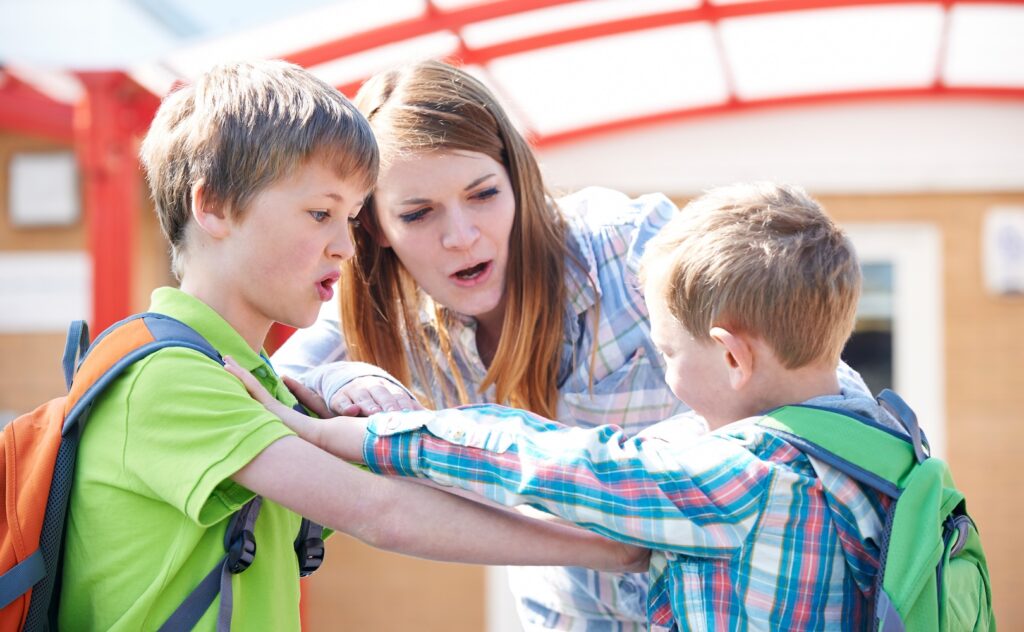Washington bill would restrict teachers from taking certain restraining measures against violent students
The Washington state Legislature is considering a bill that would limit the measures public school teachers can take to subdue unruly or violent students.
HB 1479 addresses the use of extreme…

The Washington state Legislature is considering a bill that would limit the measures public school teachers can take to subdue unruly or violent students.
HB 1479 addresses the use of extreme measures such as chemical restraint, including pepper spray, and corporal punishment, as well as more commonplace techniques such as physical restraint and isolation.
The bill prohibits use of chemical restraint and corporal punishment in all cases; physical restraint and isolation are also prohibited if the use of these measures is “contraindicated based on the student’s disability or health care needs or medical or psychiatric condition” as documented in medical or school records. The bill also prohibits schools from constructing “isolation rooms” for the sole purpose of having a space to keep an isolated student.
A report assembled for the House Education Committee showed that in the 2021-2022 school year, 2,911 students were restrained a total of 13,371 times. There were 295 student injuries reported, along with 1,885 injuries reported for teachers and school staff. Likewise, 1,455 students were isolated at school a total of 7,900 times, with 142 student injuries and 819 staff injuries resulting.
HB 1479 makes an exception for limited use of physical restraint or isolation if the student poses imminent harm to himself or others. If physical restraint or isolation are used, schools are required to notify the student’s parent or guardian within 24 hours of the incident.
“We just know that it’s a harmful practice,” Roxana Gomez, the youth policy program director for the American Civil Liberties Union of Washington, told Axios. “Students are suffering; teachers are suffering as well. It makes sense to stop the harm.”
Considering recent trends in student behavior following pandemic-era school closures, however, it appears that it will take more than limiting restraint techniques to restore order to public school classrooms.
While the latest federal data shows a decrease in reported violent acts committed by students against teachers in public schools in the 2020-21 school year when compared to 2011-12, the comparison is misleading since students weren’t at school much during the first year of the pandemic.
The caveat in HB 1479 allowing limited use of physical actions to subdue students is significant, given that teachers continue to face violent threats and even attacks from students.
In October 2023, a viral video showed a female teacher in Florida being beaten by a 270-pound male student after the teacher confiscated a video game device. The teacher was saved by other staff rushing to restrain the student from continuing to beat her unconscious body.
For public school teachers, the risks of violence from students are beginning to far outweigh the benefits of their chosen occupation.
A separate federal report showed 84% of public schools agreed or strongly agreed that the pandemic negatively impacted students’ behavioral development. One survey indicated that a third of teachers plan to leave teaching in the next two years.



